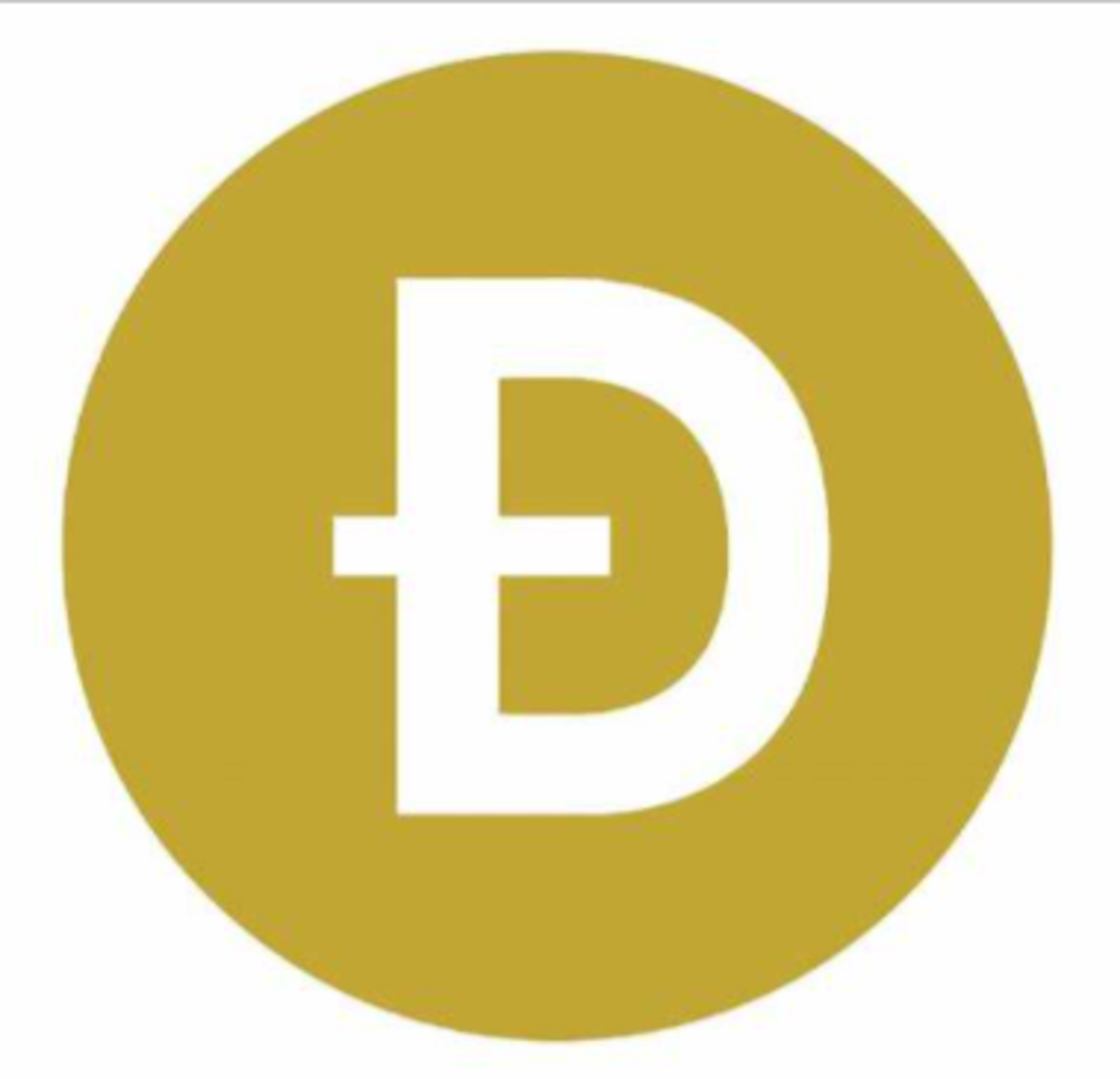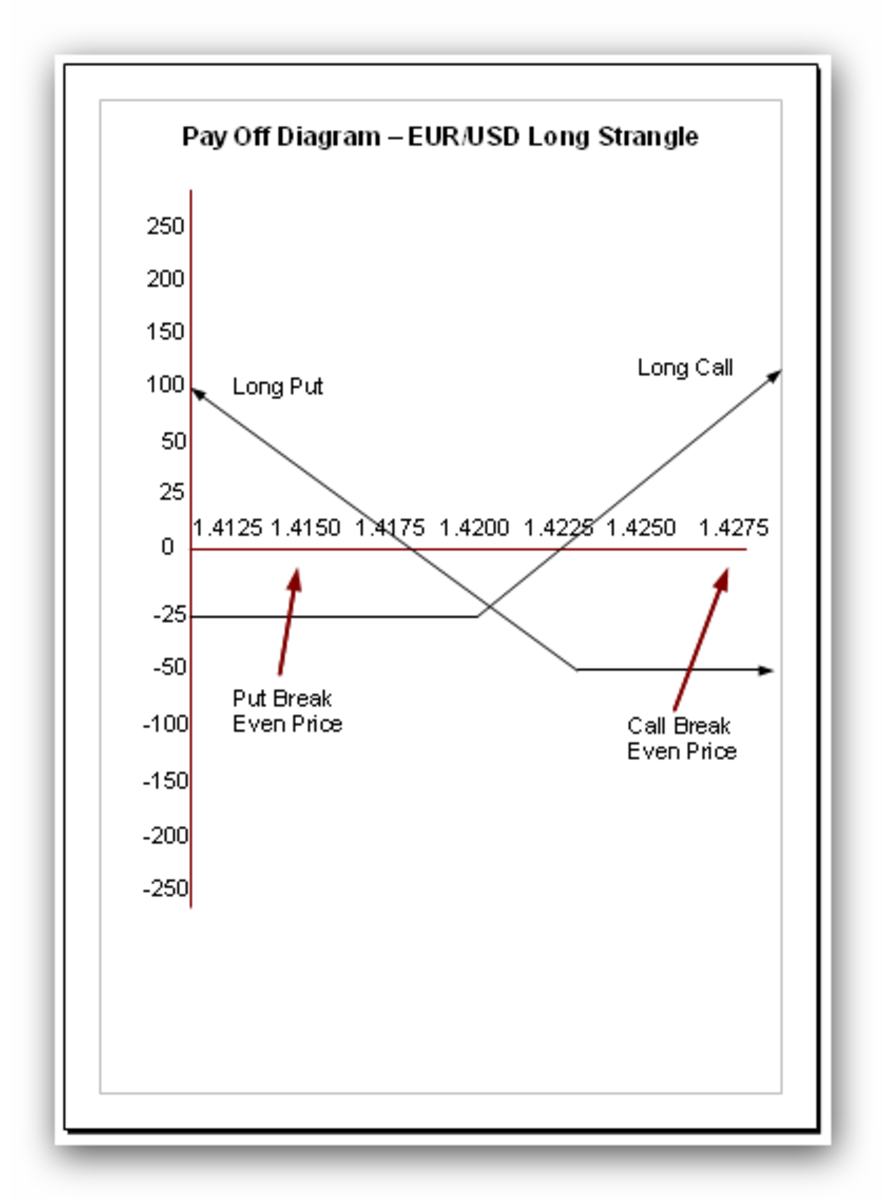Forex pairs and correlation
In a currency investment world forex pairs or currency pairs are the one and almost the only real asset to be traded with - sold or bought. A currency pair always consists of two currencies being traded. If one currency is bought, naturally, another currency is sold in relation to the first and vice versa. Let’s say if you buy 10.000 EUR/USD, it means you sell USD in relation to EUR.
When trading forex pairs, the first currency (in our example – EUR) is referred to as the base or primary currency, while the second (USD) is called the counter (or quote) currency. The first primary currency always equals to 1 monetary exchange unit – 1 EUR (EUR/USD), 1 GBP (GBP/USD), 1 USD (USD/CHF). For instance, the price 1.3 EUR/USD shows that for 1 EUR we can get 1.3 USD.
Bid, ask
Forex pairs are usually quoted with a price for “bid” or “ask”. The bid shows a buying price or a price at which you will buy, whereas the “ask” shows the price at which you will be selling currency.
There are two types of currencies in a forex market: majors (major currencies) and crosses (cross currencies).

Major forex pairs
Major forex pairs consist of 7 most frequently traded currencies:
USD (United States Dollar), EUR (European Euro), GBP (British Pound), JPY (Japanese Yen), CAD (Canadian dollar), AUD (Australian dollar) and CHF (Swiss Frank). Major currency pairs will always have USD in relation to another major currency. EUR/USD, USD/CHF, AUD/USD, GBP/USD, USD/CAD, USD/JPY. For a beginner in a forex market it is always better to start trading with one or 2 majors just for simplicity, the best to start is EUR/USD. Why – because it has high liquidity and small spreads or costs for trading. Besides, this pair is the most popular among traders, so there is no problem as to finding information and news recourses about this pair. It is also harder to manipulate due to the highest trading volumes and biggest economies of the world – USA and Europe. As time goes by, you might add some more currency pairs which are interrelated with majors.
Crosses
Cross currency pair does not consist of USD. For example GBP/CHF, EUR/JPY AUD/JPY, EUR/CHF do not have USD. They are simply derivatives from the major forex pairs. There are much more cross currency pairs than majors, some of them are even called exotic currency pairs (EUR/AUD).
Trading with crosses requires more in-depth understanding of forex pair’s movements and relation between each other. You must have in mind that most crosses depend largely upon major currencies, and are usually tied to one or more majors.
Relation to fundamental news and commodities.
All currency pairs are dependant to countries’ news releases – economical, political and social. When the country’s economy is weakening – it’s currency is depreciating against the other currencies. In major currency pairs the weaker dollar helps all the other currencies to grow – EUR, GBP, AUD, CAD and YPY. And the opposite – growing EUR against USD helps to climb other majors in return.
USD, JPY and CHF are generally considered to be safe haven currencies, meaning they are largely dependant upon the stock market news. Usually, when the world stocks go up, the safe haven currency is weakening, and when the world economies are experiencing slowdown – investors rush to preserve and save their money by buying safe haven currencies. Currently, during 2010 summer we see some save haven depreciation, because investors sell USD, JPY or CHF for higher yielding forex pairs – AUD or GBP or other risky assets.
Some other currencies like AUD and CAD have other specific characteristics, which have to be taken into account. CAD rate fluctuates mainly due to the oil price. As Canada is an oil exporter, the increase of oil price means stronger Canadian dollar. Australian dollar is tied with Australian economy, which involves commodities export and naturally the higher the price of, say, aluminum – the stronger AUD currency.
Correlation
To trade successfully in forex market you have to see the “whole picture” – or how forex pairs are tied and correlate with each other. Correlation between majors and crosses is best seen in a trending forex market. If EUR gets stronger against the dollar, so does usually other major pairs and when the EUR starts weakening or the main currency trend is changing – other pairs follow the same pattern, only with minor time and precision exceptions.
Forex articles
- Forex demo account
Why do you have to trade in forex demo account and for how long? You will find the answers here.




